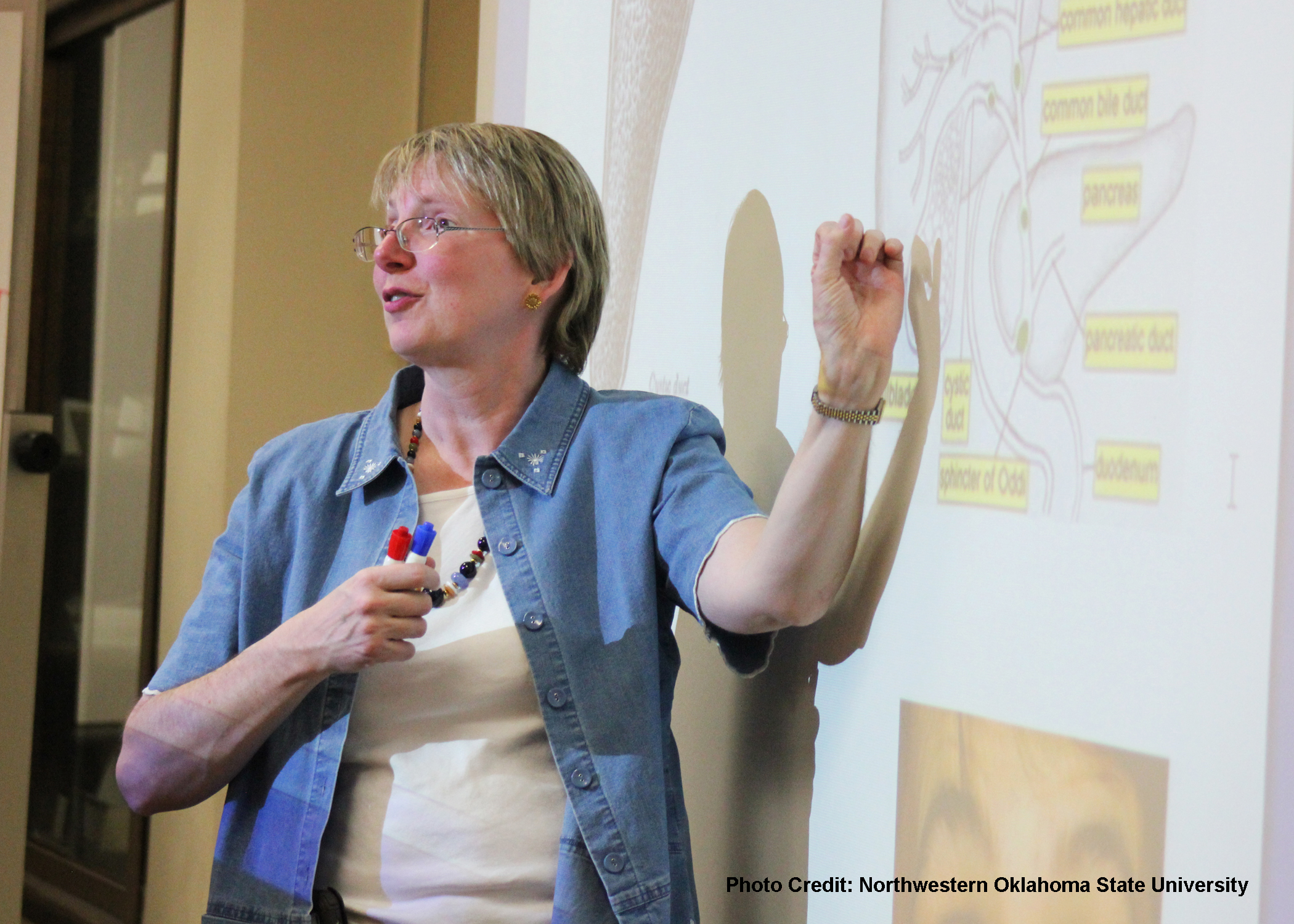Amber Dumford, Cindy Cogswell, and Angie Miller --
A recent study examined the congruence between student use and faculty encouragement of learning strategies associated with student learning for academic disciplines.
The results indicate that certain fields of study, including health professions; biology, agriculture, and natural resources; and social service professions, most frequently emphasized and used learning strategies. Other fields, including engineering, physical sciences, mathematics, and computer science, received less encouragement and reported less use of these strategies. The results also emphasize the role demographic and environmental factors such as gender identity, enrollment status, college grades, Greek-life affiliation, and learning community participation play in the use of learning strategies.
Many educators highlight the importance of students' use of learning strategies as an essential component of classroom success across all levels of education, but little research has examined differences in how faculty emphasize the use of learning strategies across major fields. Thus, the following questions are unanswered: Do students with faculty who say they emphasize such strategies actually report higher use of them? What other aspects of the student experience influence use of learning strategies?
The study, published in the February 2016 issue of the Journal of Effective Teaching, found congruence for major fields between student-reported use of learning strategies and faculty-reported emphasis of these strategies. Data from the 2013 National Survey of Student Engagement and Faculty Survey of Student Engagement administrations were used, comprising over 16,300 first-year students, 30,000 seniors, and 12,500 faculty at 121 institutions.
For both lower division faculty and first-year students, the health professions, biology, agriculture, and natural resources, and social service professions academic fields tended to promote and use learning strategies more often, while those in engineering, physical sciences, mathematics, and computer science were less likely (Figure 1). Similar patterns were found when comparing trends between seniors and upper division faculty.
Figure 1. Learning Strategy Indicator Comparisons for First-Year Students and Lower Level Faculty

Finally, some notable findings were observed when examining other student and institutional characteristics as predictors of learning strategy use. Environmental supports such as Greek affiliation and learning community participation significantly and positively predicted learning strategy use. This finding suggests the need for more thoughtful inclusion of learning strategies in some disciplines and provides further evidence for the importance of institutional support of student learning across a variety of student types and experiences.
Dumford, A.D., Cogswell, C.A., & Miller, A.L. (2016). The who, what, and where of learning strategies. Journal of Effective Teaching, 16(1), 72-88.


